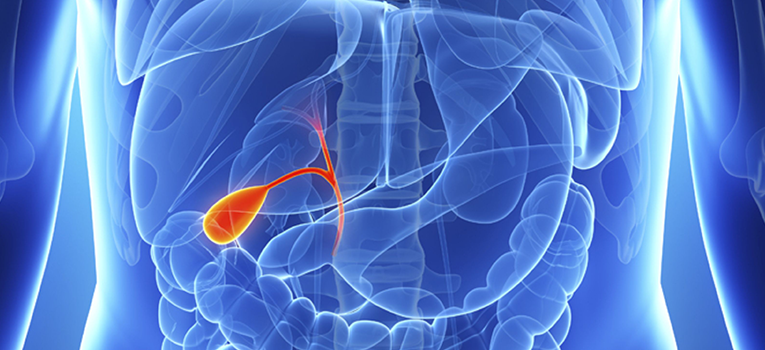Acute cholecystitis is inflammation of the gallbladder (organ which digests fatty food we eat and also stores bile), mainly due to obstruction caused by gallbladder stones. When this takes place, over and over again with prolong episodes, it is known as chronic cholecystitis.
Being also caused rarely as a result of various illnesses and malignant conditions, the risk of acute cholecystitis, usually increases with advancing age. Women are at a high risk of forming gall stones and cholecystitis compared to men.
Patients will complain of a sudden sharp pain in the upper right-hand side of abdomen which gradually spreads towards the right shoulder. Some patients may also present with high fever, nausea, vomiting, sweating, loss of appetite, a bulge on abdomen and yellowish discoloration of skin and mucus membranes (jaundice), particularly in severe occasions.
Important:
Seek immediate medical advice, if you develop a sudden, severe abdominal pain, typically lasting longer than few hours, accompanied by high body temperature or jaundice. This is to prevent complications like tissue death of gallbladder, infection and perforation.
What is next? How to diagnose acute cholecystitis?
After taking a complete history about signs and symptoms, a thorough physical examination will be done to elicit certain specific signs including tenderness of the affected area on the abdomen and worsening of pain on deep inhalation.
The diagnosis will be confirmed and the cause for the condition will be revealed by various blood tests, X ray, ultra sound scan, CT scan or MRI.
How to deal with acute cholecystitis?
Once the diagnosis is confirmed, you will probably get admitted to the hospital under Surgical Gastroenterologist for further treatment. Surgical Gastroenterologist or GI surgeon is the specialist for Gall bladder stones and problems related to abdomen or our GI system.
Initial Medical management:
- Fasting (food and drinks) to avoid the excessive strain on the gallbladder
- Medication for pain relief
- Intravenous fluid will be given directly by a drip, to prevent dehydration.
- Some patients will be given antibiotics, if there is a suspected infection, causing the inflammation of the gallbladder.
- In majority of the patients, initial treatment will result in the fall back of gall stones in to the gallbladder and settle the symptoms of obstruction and inflammation.
Surgical Management:
- Recurrent inflammation despite of proper medical treatment or severe status leading to complications will often require removal of the gallbladder by performing a cholecystectomy operation.Removal of only gall stone and not removing gall bladder does not help. Read more Why is it advised to remove gall bladder when patients suffer from gall bladder stones?
- The dates for the surgery will be decided based on the fitness of patient to undergo interventions where some will have immediate treatments while others will require few weeks until the inflammation settles down.
Main types of Cholecystectomy
Laparoscopic Surgery– Gallbladder is removed using special surgical instruments inserted through small cuts made on the abdomen.
Single-incision laparoscopic Surgery–Gallbladder is removed through a single incision on navel.
Open Surgery–Gallbladder is removed through a single larger incision.
Prevention
- A healthy, balanced diet with low intake of high-cholesterol food.
- Regular exercises and gradual lose of weight if obese.
- Avoid smoking and alcohol




